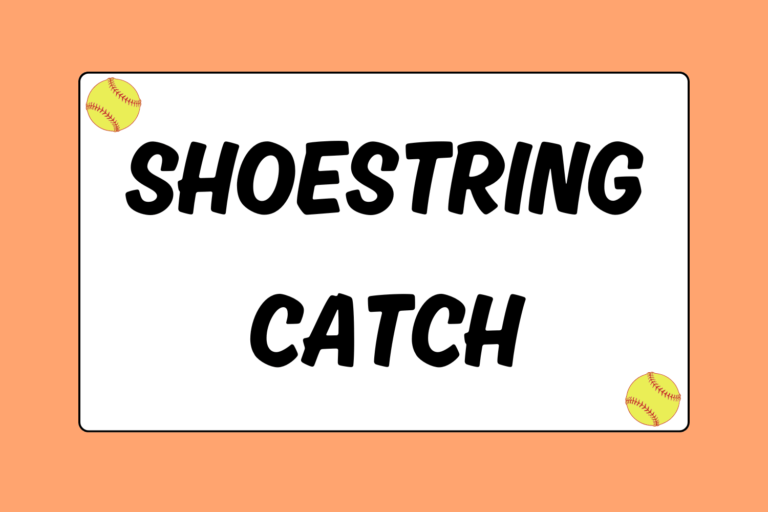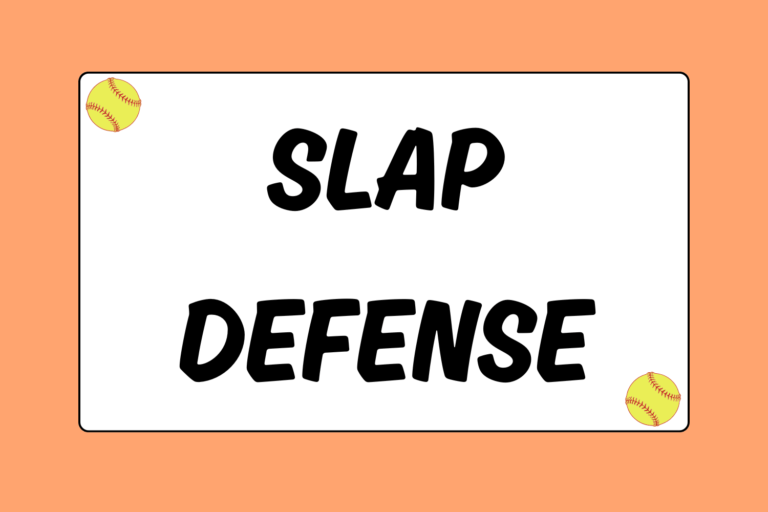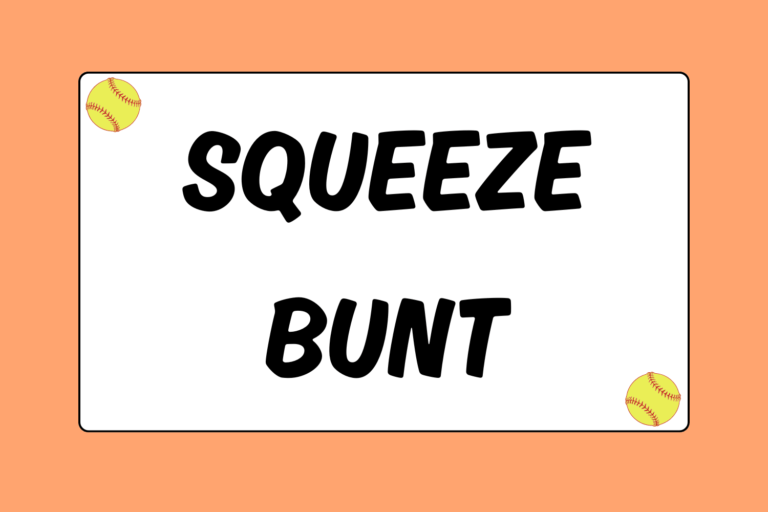To become a good hitter you need to practice proper hitting mechanics, and you need to swing often. But if you stand in front of a tee and take 100 daily hacks at the ball, you’ll likely get bored and develop habits detrimental to your swing.
Drills can prevent this! This guide offers a handful of fun hitting drills that will keep your swing in check.
Bam Bams
This drill focuses on a compact swing because in fastpitch, you cannot have a long motion in the batter’s box. You’ll need a light dumbbell for this exercise.
- Position your bottom hand on the dumbbell as if you were in your batting stance.
- Leading with your elbow, throw your bottom hand across your chest. The dumbbell should follow a straight line from your back shoulder to the front side of your chest.
- Do at least three sets of 15 repetitions.
Knob Drill
This drill emphasizes keeping your hands inside the ball by leading your swing with the knob of your bat. Choke up on the bat handle and set up a tee so the ball sits at the top of your strike zone.
Leading with your elbow, throw your hands along an inside path so that they follow a straight line across your chest towards the ball. The knob of your bat should naturally lead to the ball.
After a few rounds off the tee, try doing the same thing with soft toss from a partner. If there are whiffle balls available, these would be an ideal alternative to regular softballs.
Hot Tip: Muscle Memory
Muscle memory is the result of a motor task that, through repetition, is eventually performed without conscious effort. To become a good hitter, proper batting mechanics need to be part of your muscle memory.
Drills help in accomplishing positive muscle memory only if they are taken seriously and performed correctly. Don’t go through the motions while doing your drills. If you do, the only muscle memories you’ll gain are bad habits — the toughest habits to break.
Tennis Ball Drop
This drill works your trigger and timing. Your partner will stand on a bench or step ladder so she is elevated above the ground. Your partner will drop a tennis ball from her elevated position onto home plate. The batter will time the bounce so that as it reaches its apex, she has loaded and is swinging through the tennis ball.
If your timing and swing are good, you’ll hit the tennis ball solidly through its middle each time. After a bucket of tennis balls, switch to an advanced form of the drill. Your partner will bounce the ball at an angle from behind you so that the ball reaches its apex in front of you. Focus on keeping your eyes on the ball and your timing for a solid hit.
One Knee Drill
To isolate your upper body, kneel on the ground with your back knee and extend your front leg out in front of you for balance. Using a tee, a soft-toss machine, or a partner for soft toss, you’ll practice three different swings.
Use at least two buckets per swing and devote at least one to quick toss. For the first two swings, it’s often easier to choke up on the handle and wrap your free hand around your waist to get it out of the way:
- First round: Using only your bottom hand, mimic the “bam bam” drill (leading with the elbow) before swinging through the ball.
- Second round: Using only your top hand, swing through the ball and focus on a strong follow through.
- Third round: Using both hands, practice perfect form as you swing.
Net Drill
Set up a tee with a bucket of whiffle balls. Using a butterfly net or handheld fishing net as your bat, hold it so the net is opened sideways towards the ball. Swing normally. If your form is correct, the net will be opened towards the ball at your contact point, and the net will catch the ball as you swing.
Three Tees
This drill calls for at least three tees, a net, and a bucket of balls. The point of the drill is to focus on arm extension:
- Place the first tee 10 feet from the net.
- Place the second tee at least 10 feet away from the first tee.
- Place the third tee 10 feet from the second.
All of the tees should be in straight line leading towards the net. The batter should be set up for a pitch as if it were down the middle. Every subsequent hit should go straight into the net if you have good swinging mechanics.
Take about five balls off the first tee. If the hits are solid and fly straight into the net, graduate to the next tee. After at least 10 solid hits from that tee, you may graduate to the next. As the tees get farther and farther away from the net, the distance forces you to focus on really throwing your hands at the pitcher.
1, 2, 3 Drill
This drill focuses on pitch location and contact points. Using an old home plate or a wooden cut-out of a plate, draw three circles diagonally across the plate to indicate an inside, outside, and down-the-middle pitch.
The circle will reference where on the plate you are supposed to make contact (assuming you are a right-handed batter):
- Number one focuses on inside pitches: Situate your body so that your front shoulder is closed and your front foot is near the plate. Your body will be situated diagonally across the box, and you’ll hit the ball in front of your body.
- Number two focuses on pitches that are down the middle: Set up regularly for solid contact.
- Number three focuses on pitches that are outside:Your body will be open away from the plate with your back leg closer to the plate. Your body should extend diagonally away from the plate with your front leg farthest from the plate, and you’ll let this ball get a little deeper so you hit if off your back hip.
Each type of pitch should be hit to its respective field: Inside to left field, outside to right field, and down the middle should go straight back up the middle. Cheating ruins this drill; do not set up your body so that you hit everything down the middle. Adjust where you stand so you can practice the correct contact point for each pitch.
Throw Your Bat
This drill requires a lot of open space and offers an immediate evaluation of your swing. Get into your batting stance, swing, and release the bat at the point where you would make contact with the ball. The bat should fly straight forward in a perfect spiral rotation.
If your mechanics are wrong, where your bat lands will give you feedback on what went wrong with your swing. For example, if you pull your head off the ball, your bat is likely to fly to the left.
Balancing Act
This drill focuses on balance. You’ll need a bench or an elevated 2×4 that is as long as a batter’s box. Using a tee or soft toss from a partner, hit a bucket of balls while standing on the 2×4.
After each follow-through, jump and pay attention to how you land. A good swing is a balanced swing. Just be careful; don’t fall off and hurt yourself!
Hey Batter!
These drills are purposefully meant for lots of change and activity. Do not let any drill get stagnant. Try to find local cages to take some swings, but these drills will get you working hard while having fun! If you really want a challenge, try the drills blind-folded (the ultimate test for muscle memory).
There’s no such thing as perfection when it comes to hitting, but hard work in practice will give you the best chance to succeed.





